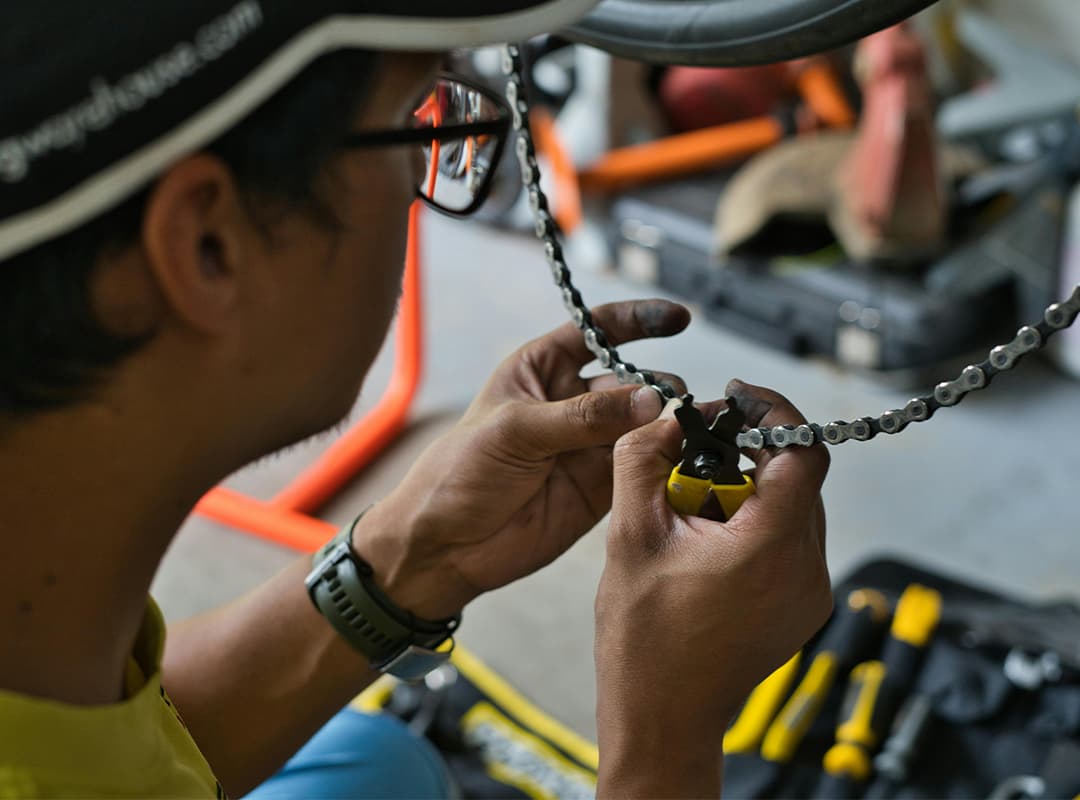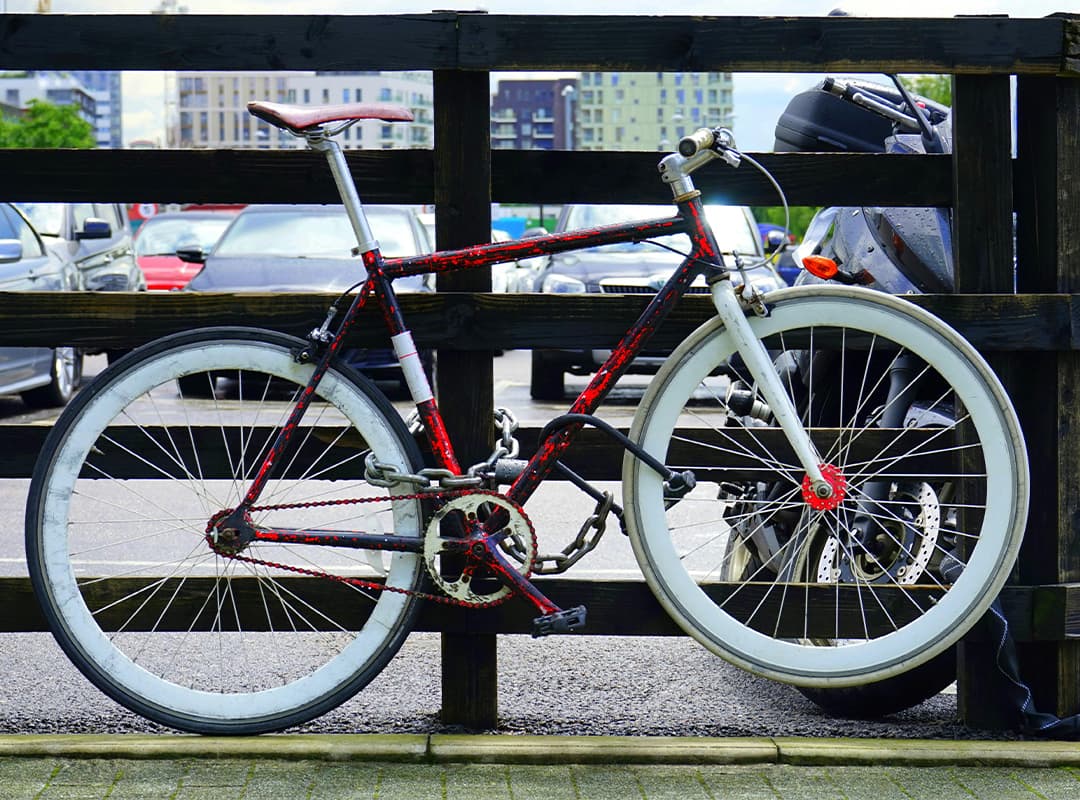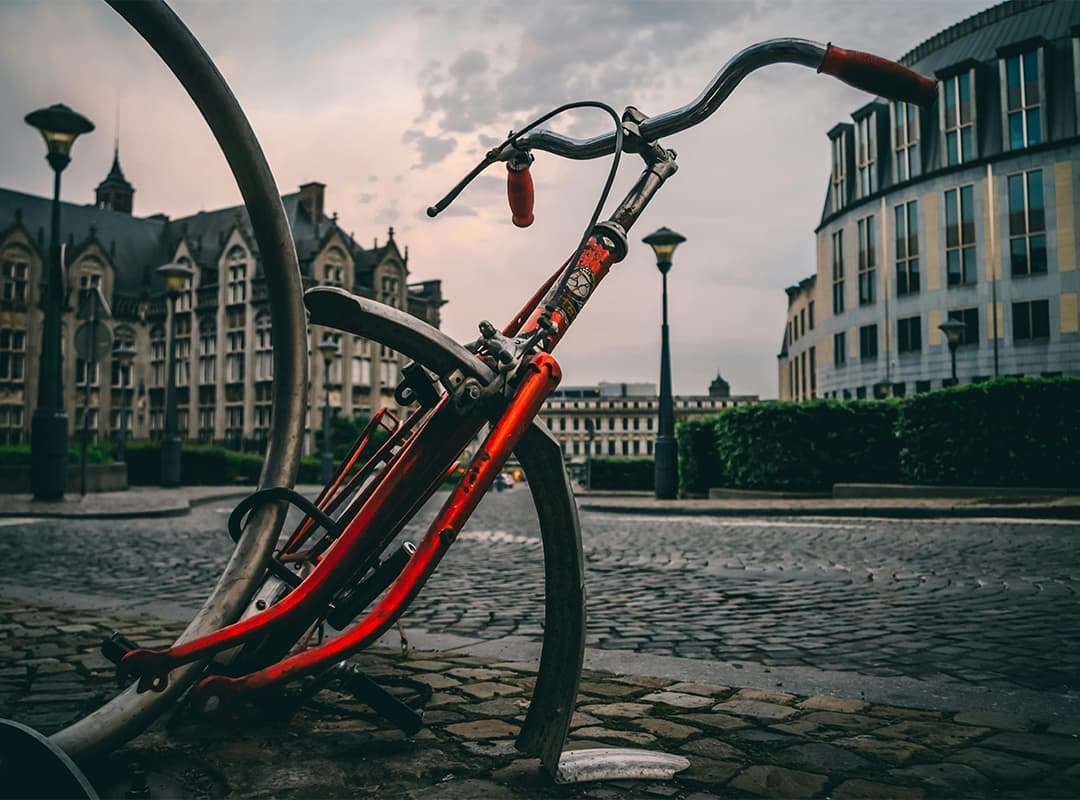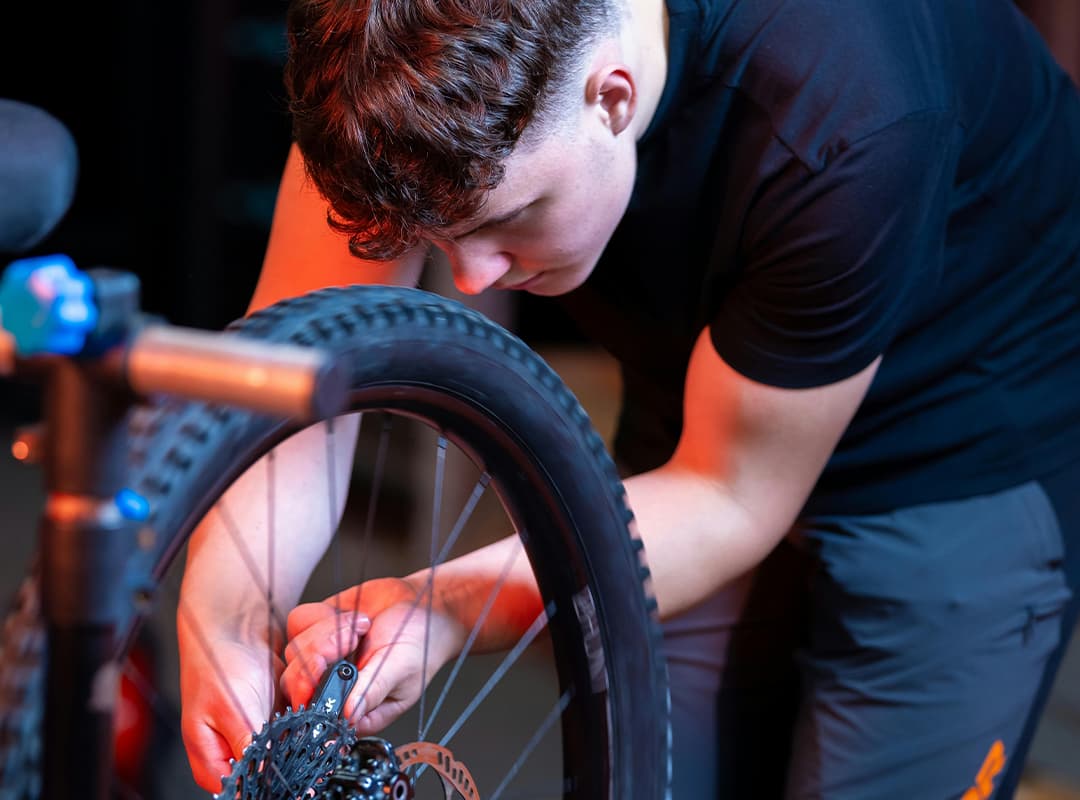As the world of cycling continues to evolve, so too does the art of bicycle assembly. Whether you’re a seasoned builder looking to refine your skills or a passionate enthusiast eager to take your bicycle construction to the next level, mastering advanced techniques can significantly enhance the performance, comfort, and aesthetic appeal of your custom bike. In this article, we’ll explore several advanced techniques that can elevate your bicycle assembly game, along with the essential tools and knowledge needed for success. Plus, we’ll sprinkle in the charm of the vanilla flower, a symbol of elegance and meticulous craftsmanship, much like the bicycles we aim to create.
1. Precision Frame Alignment
One of the most critical aspects of building a bicycle is ensuring that the frame is perfectly aligned. A misaligned frame can lead to poor handling and premature wear on components. Advanced builders often utilize a frame alignment tool to check the alignment of the rear triangle and front fork. This tool allows you to make precise adjustments to the dropouts, ensuring that your wheels sit correctly and that your bike tracks straight.
Tip: Always check your frame alignment after any major adjustments, especially when installing a new fork or rear triangle.
2. Custom Cable Routing
Cable management is not just about keeping things tidy; it’s about optimizing performance and aesthetics. Using internally routed cables can reduce drag, improve shifting efficiency, and create a sleek look. Advanced builders often use cable housing with internal guides or design custom housing exits on the frame.
Pro Tip: Consider using color-matched housing and cables to enhance the overall aesthetics of your bike, much like how the delicate vanilla flower enhances its surroundings with elegance.
3. Advanced Wheel Building Techniques
A well-built wheel is crucial for optimal performance and durability. Beyond the basics of wheel building, advanced techniques include:
- Tensioning and Truing: Use a digital tension meter to ensure even tension across all spokes, which helps in achieving a perfectly true wheel.
- Lacing Patterns: Experiment with different lacing patterns (e.g., radial, 2-cross, or 3-cross) to enhance wheel strength and responsiveness based on your riding style.
Tip: Regularly check your wheels for true and tension, especially after a few rides. It’s an ongoing process, much like nurturing a vanilla flower to reach its full beauty.
4. Hydraulic Brake Installation
Installing hydraulic brakes can be intimidating, but with the right techniques, you can achieve a clean and effective setup. Ensure that you’re familiar with the specific requirements of your brake model. Key steps include:
- Cutting Brake Hoses: Use a proper hose cutter to achieve a clean cut, which is essential for optimal sealing.
- Bleeding the Brakes: Follow the manufacturer’s instructions for bleeding hydraulic brakes, as proper fluid levels are crucial for performance.
Tip: Always have a dedicated workspace with rags and a catch container for brake fluid to prevent messes and maintain safety.
5. Fine-Tuning Your Drivetrain
A precise drivetrain setup is vital for a smooth and efficient ride. Advanced techniques for tuning your drivetrain include:
- B-Screw Adjustment: Adjusting the B-screw on your derailleur can fine-tune the gap between the upper pulley and the cassette, ensuring smooth shifting.
- Chain Length and Tension: For custom setups, the chain length must be precise. Use the big-big method (largest chainring and largest sprocket) to find the correct chain length and maintain proper tension.
Pro Tip: Regular maintenance of your drivetrain components can extend their life, much like the care needed to nurture a vanilla flower into full bloom.
6. Personalized Fit Adjustments
The final touch in bicycle assembly is ensuring that the bike fits the rider perfectly. Advanced builders often employ techniques such as:
- Custom Stem Lengths and Angles: Adjust the stem to fit your riding style and comfort level. A proper fit can enhance performance and reduce fatigue.
- Saddle Positioning: Experiment with saddle height, fore-aft position, and angle to find the ideal setup for your riding style.
Tip: Invest in a professional bike fit session to understand your unique biomechanics and how to optimize your bike accordingly.
7. Attention to Aesthetics
Beyond functionality, the visual appeal of a bicycle can significantly impact its overall enjoyment. Incorporating advanced painting techniques or decals can add a personal touch. Consider using techniques like:
- Hydrographics: This allows for unique and intricate designs that can mimic natural textures, much like the intricate patterns of the vanilla flower.
- Custom Powder Coating: Not only does this provide durability, but it also opens up a world of color options and finishes that can elevate your bike’s aesthetic.
Advanced bicycle assembly techniques require practice, patience, and a keen eye for detail. By incorporating these skills into your building process, you can create a bicycle that not only performs exceptionally well but also reflects your personal style. Remember, just as the vanilla flower represents careful cultivation and beauty, so too does each custom bike built with passion and precision. Embrace these techniques, and let your creativity flow as you assemble your next masterpiece on two wheels!



